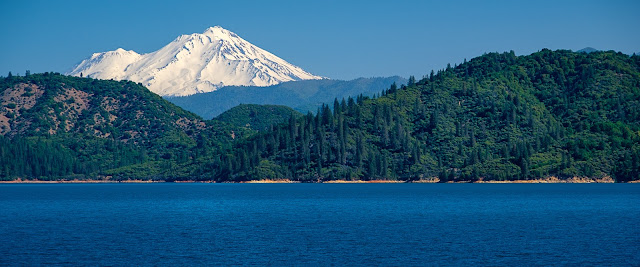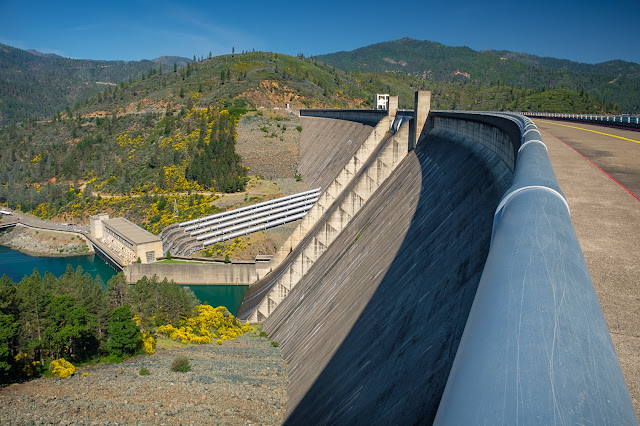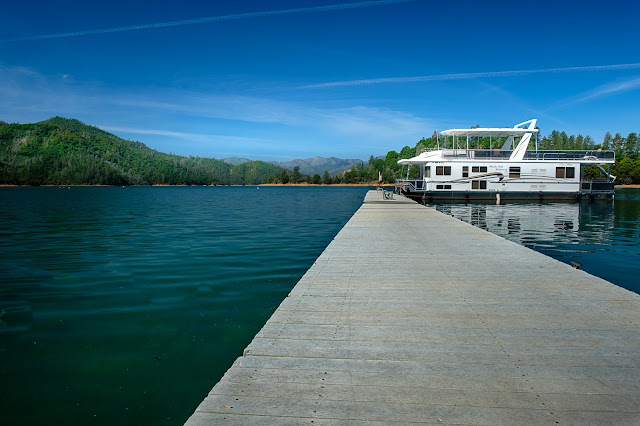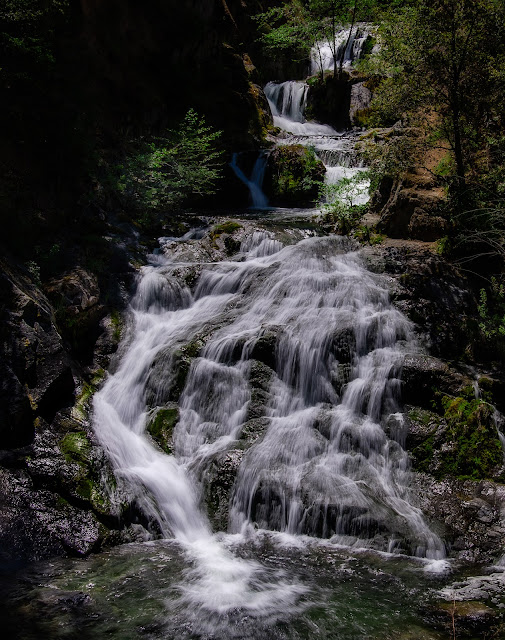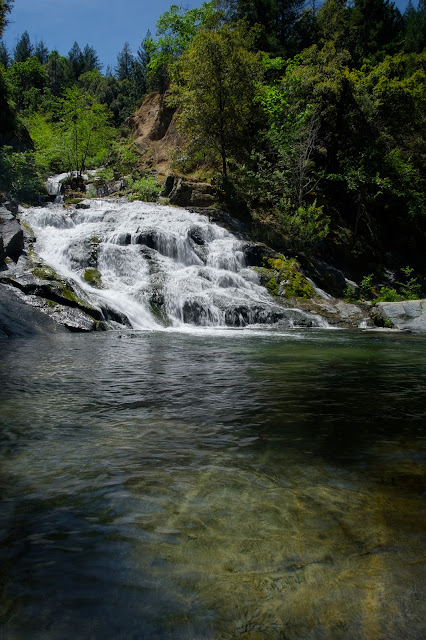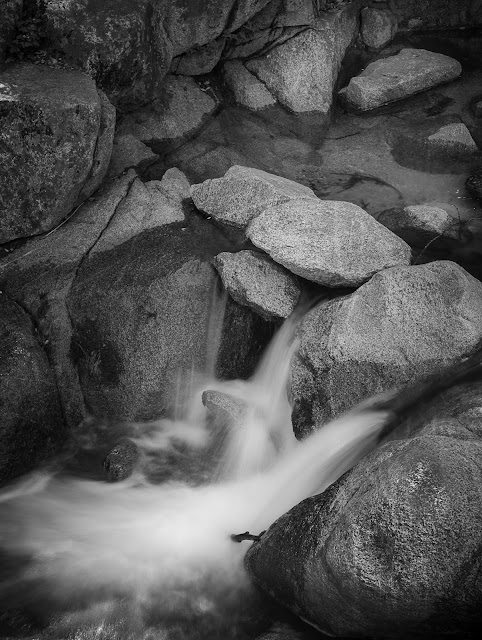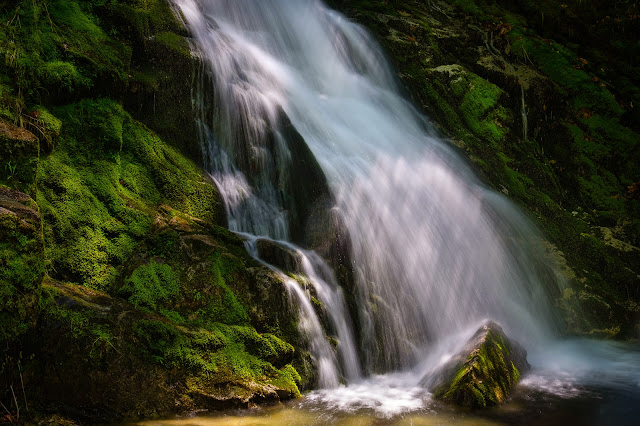The forecast for this past Saturday was for clearing skies and less humidity. My friend and photographer buddy Jim Rigsby and I decided we were going to head to the mountains to take pictures of the sunrise. We made plans to meet at 5 AM and drive up to Beauty Spot in Unicoi County TN. Beauty Spot is one of the high mountain grassy balds similar to Roan Mountain and Max Patch. At 4,400 feet above sea level we expected to see a great sunrise with some patchy clouds. By 5 AM we were on the road and executing our plan.
On the way we noticed you could not see any stars in the sky. A little while later it started to sprinkle, then rain, then we saw lightning ahead. By the time we hit Johnson City it was raining hard and when we got to Unicoi it was still raining, maybe even harder. Being outdoor photographers with nothing else to do at 5:30 AM on a Saturday we kept going. When we started up Unaka Mountain Road it had gotten so foggy it was difficult to see to drive up the single lane dirt road to Beauty Spot. We arrived to find several people camping and a few others sitting in their cars. Obviously we weren't the only nuts on a quest for a sunrise this foggy wet Saturday.

We hung out there for a while waiting and wondering what we were going to do. I had been through there the day before with another photography buddy Harold Ross and knew there was a second bald a little ways up the road called Deep Gap. I remembered lots of wildflowers along the road and some interesting looking trees in the grassy field. We decided that we weren't going to see the sun come up and we might be able to find something to shoot up there.

By the time we got to Deep Gap it was light enough to walk around without a flashlight. It was still very foggy and raining off and on. These turned out to be the best conditions for photography we could have had! I think we spent two hours wandering around the bald and along the road taking pictures of trees and flowers in the fog. The fog gives everything a soft even light with no harsh shadows to deal with. The color of flowers and green leaves viewed close up were vibrant when compared to the muted colors that faded to white in the distance.
There were Black-Eyed Susans, Pale Touch-Me-Nots, Spiderwort, Tall Ironweed, Goldenrod, and lots of ferns. It was a pleasant surprise to find so many wildflowers this late in the season. Harold and I had seen many others along the road the day before. We decided it was all the rain we have been having for the past 5 weeks that resulted in a bumper crop of summer wildflowers.
At one point the sun broke through the clouds and for the first time we saw that there was a high ridge above us. With visibility at about 100 yards we had no idea it was there. We were hoping for some sunbeams shining through fog in the woods but these clearing skies only lasted a few minutes then we were socked in again.

After a couple hours we went on down the Unaka Mountain Road to Red Fork Falls. We stopped at this great little cascade along the way before getting to the falls.
Foggy overcast days are the best conditions for taking pictures of waterfalls. Unfortunately, it also results in wet slippery rocks. We made our way down to Red Fork Falls and then on down a ways further to a couple smaller falls. The really tall falls are exciting to see but it's the smaller ones that make better photographs.
It took a while to climb down and back out and we were muddy, sweaty, tired and very hungry by the time we got back to the car. It was time to call it quits and head to Unicoi for burgers.
Saturday didn't work out the way we planned. We didn't see the sun at all, let alone the sunrise. What we got was even better than we had planned. Perhaps God was saying, don't let the rain discourage you. Go on up the mountain and see what I have in store. It will be beyond your plans! That's the way life is. We think we're in control but in reality we're not. All it takes is a little rain to derail our best plans. Sometimes it's something much bigger, discouraging, and more than we can handle on our own. But, God has a plan and all we have to do is trust and keep heading up the mountain to see what he has in store for us.
Here's a shot of Red Fork Falls from Friday afternoon with Harold.
I want to thank
Harold Ross for taking me up to Red Fork Falls and across Unaka Mountain on Friday and
Jim Rigsby for going with me on Saturday. I had two of my best days in less than 24 hours.
All of these photos are available for purchase in my
Unaka Mountain Gallery.

